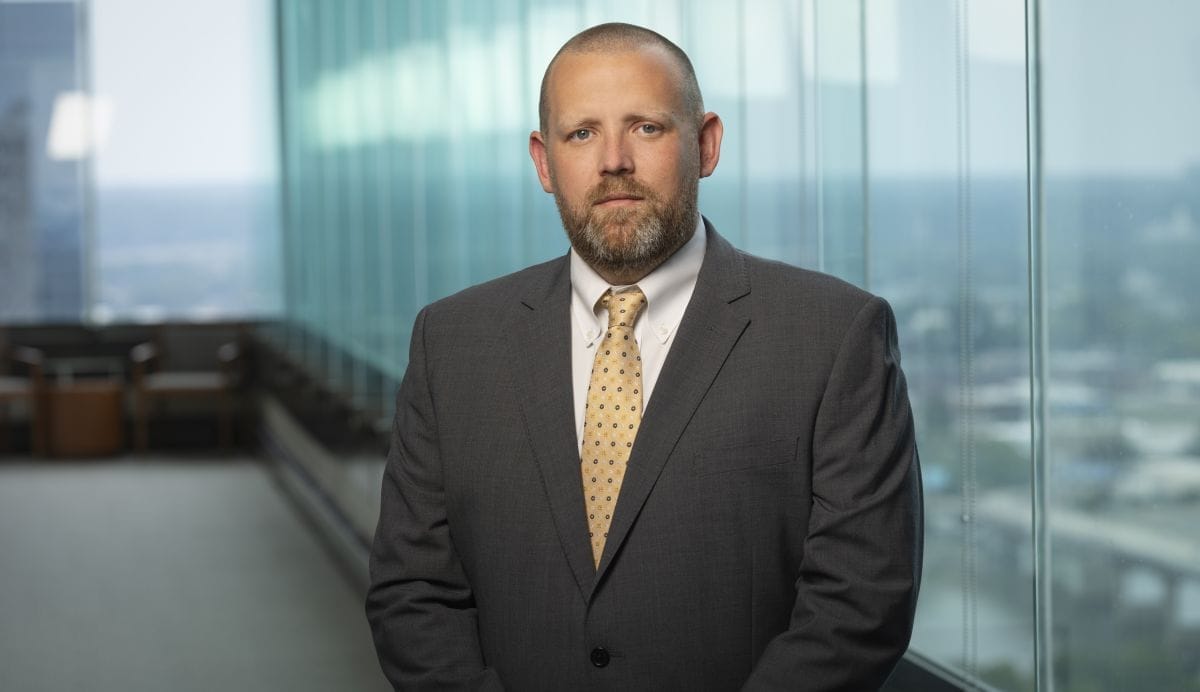
Categories

Banks in Arkansas and across the country are beginning to tune in to Environment, Social and (Corporate) Governance criteria — ESG for short. ESG has several market drivers, including investors (think socially-responsible investing) and consumers. Another ESG driver that has increasingly emerged since the onset of the pandemic — banks’ own current and future employees. And how is this playing out? Primarily through the demand for more favorable employment conditions and benefits, including DEI (Diversity, Equity and Inclusion) initiatives. In this article, we will briefly discuss the increasing demands by employees for a different type of work environment and examples of efforts to embrace those demands.
Seeking a “Positive and Uplifting Work Environment”
There’s no doubt – newer generations (Millennials and Generation Z) that now make up the majority of the workforce value work-life balance differently and are more apt to jump ship than older generations if they feel that their needs aren’t being met. This impacts the ability of a business to keep current employees and bring in new employees. While pay is generally the most important factor that goes into any employee’s calculus, a survey conducted recently by BambooHR found the second most important factor driving the newer generations was a “positive or uplifting work environment.” 1
So, what exactly does that mean? According to the Deloitte Global 2022 Gen Z & Millennial Survey, part of the answer is providing “learning/development opportunities.” As Jason Wingard, Ph.D., explained in a recent SHRM 2 article, “[the newer generations] are looking for a path. The opportunity for training, the acquisition of additional skills and advancement, is part of the package they expect in a modern workplace.” And part of that “path” is a work environment that values and strives for diversity in its ranks, which current and potential employees see as benefitting them through exposure to peers with a) different life experiences to learn from, b) different skill sets to be exposed to, and c) different ways of approaching problems, according to the 2022 BambooHR Survey. Employees don’t necessarily want diversity just for the purpose of diversity – they see working in a diverse workplace as an opportunity to grow and get better.
And another part of “positive or uplifting work environment” looks to a business’ outward impact on society — “[t]hose who are satisfied with their employers’ societal and environmental impact, and their efforts to create a diverse and inclusive culture, are more likely to want to stay with their employer for more than five years” according to the Deloitte survey. As Dr. Wingard explained:
[Younger generations] care about social justice, democracy, the environment. Not uniformly, of course, but for leaders who play the percentages, the safer bet is that employees of a younger age skew toward the progressive end of the spectrum.
This is not to say that companies have to adopt a specific dogma or pass a liberal litmus test to succeed in recruiting and maintaining a workforce. Witness Hobby Lobby’s opposition to contraceptive health care coverage for employees and laws preventing discrimination based on sexuality . . . and others. These organizations have continued to operate and thrive despite the periodic attention these issues garner.
But what companies increasingly must do is be clear and upfront about where they stand, and it can’t be on the sidelines. . . . in an increasingly polarized marketplace of ideas, purity is not realistic. Emulate the quality that deserves respect, regardless of viewpoint – honesty.
Banks Don’t Have to Recreate the Wheel to Attract Employees
So how does a bank create a positive and uplifting work environment? You don’t have to recreate the wheel – look around you and see what other businesses are doing. For instance, WLJ strives to attract and hire a diverse group of attorneys and staff, which we view as a strength both from a professional perspective and a personal one. We also rely heavily on our internal mentoring and practice development initiatives to train and prepare our attorneys and staff for the practice and business of law. In other words, we try to show our new employees the paths to success. WLJ’s external efforts include the launch of its community-based Woman-Run initiative to connect current and aspiring woman business leaders and owners through networking, mentorship, education and resources that address the unique needs of women in business. Woman-Run hosts events across Arkansas where attendees can hear from speakers on a range of topics as well as network and find mentorship opportunities with other attendees. WLJ is trying to walk-the-walk, not just talk-the-talk, by doing things for its employees and for the community that hopefully have an impact.
Banks face a lot of challenges in the coming years, including recruiting and retaining qualified staff. Focusing on what your current and potential employees want – opportunities and diversity — will not only help raise awareness of your bank in the community, but also among the labor force you are trying to attract and retain.
- [1] BambooHR Survey — Rethinking the Great Resignation: Understanding What Workers Want from Employers (April 2022).
- [2] Jason Wingard, Ph.D., The Great Millennial Awakening, SHRM Executive Network.









































































